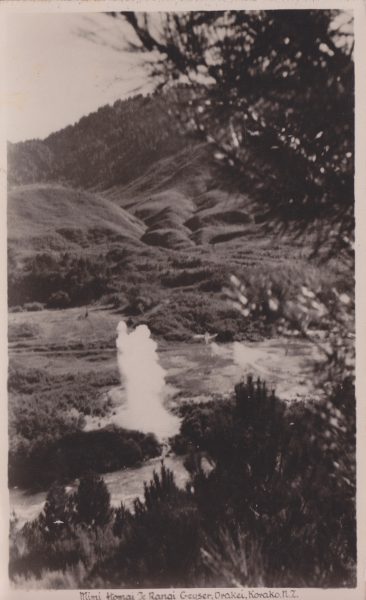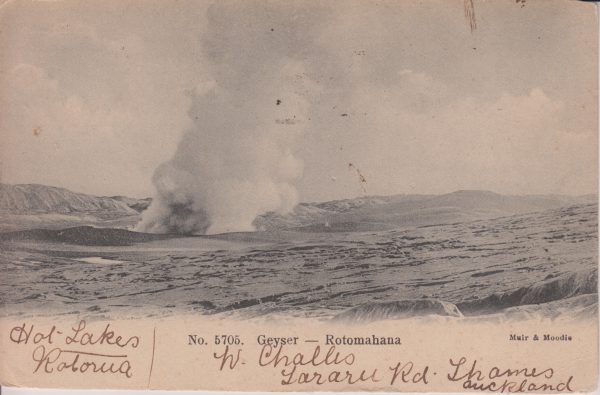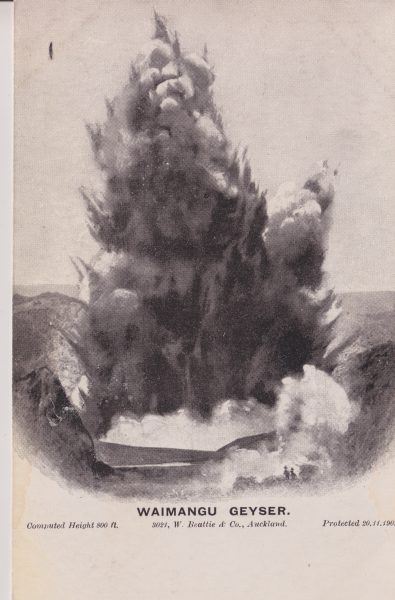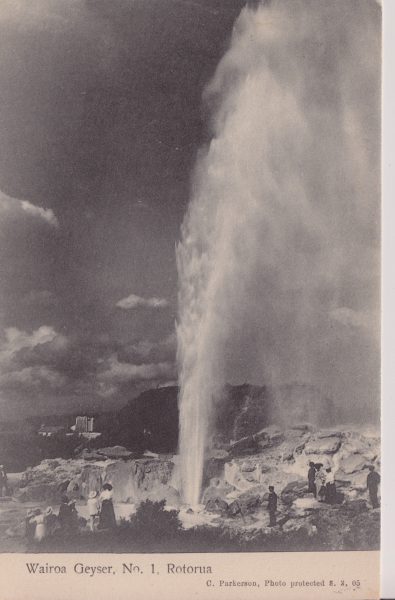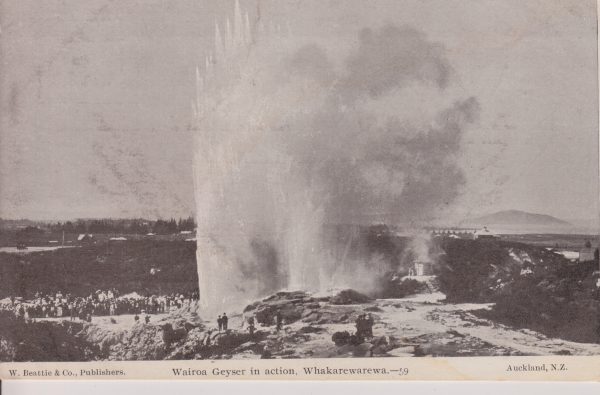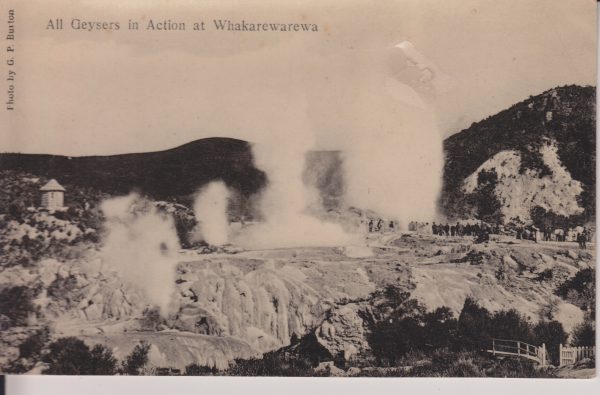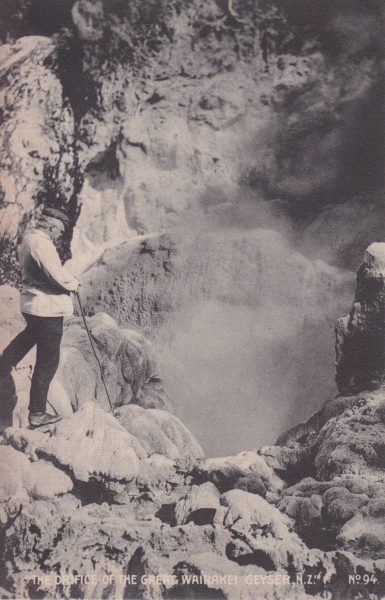Posted on
Month: March 2022
Posted on
Posted on
Kilauea and Halemaumau
We were supposed to be in Rotorua, New Zealand this week, but the gov't there doesn't want people visiting. So as an alternative, we spent two weeks on the Island of Hawaii. The second week was spent in and around Hawaii Volcanoes National Park.
The Halemaumau crater in the Kilauea caldera has been showing periodic activity the last few months. Every week or so, the activity dies down for about a day, leading to the pools crusting over because there isn't any new lava being fed into them. There was a pause the day before we were scheduled to arrive, which meant we had a good chance of seeing lots of activity.
It's about 0.7 miles along the old Crater Rim Road to the only legal overlook where one can see the lava from the eruption. The lookout itself is a new roped off area well off the road, and about a mile from the activity in the Halemaumau crater. Since it's a road most of the way, it's an easy hike.
We made a total of six trips out there. The first one was in the middle of the morning, to scout out the location and to determine what and when we should go next. The road itself is still open for a way beyond the turn to the overlook. It takes one past Keanakakoi crater to a couple of old caldera overlooks, but the lava can't be seen them. The road itself is closed due to a wide collapse fissure. So there was no reason to go there again.
We didn't visit the northern rim until several days later, but there too the overlooks didn't have a view of the lava.
We got to the overlook while it was overcast, and over the next hour it cleared, and as it brightened, the activity became harder to see. That first day the view was of a couple of lava pools being fed by a larger, slightly higher vent. There were areas of red visible where the lava flowed most quickly. The first was where there was a drop from the vent to the first pool, the second being the constriction where the second pool was fed. There was also incandescence visible along some of the shoreline. During our hour out there, we could see the crust over the pools crack, and occasionally there would be fountaining from them.
To the left (south) of the vent area were two or three spatter cones, where occasional spurts of red could be seen. I was never able to get a good feel for heights of the activity or the cones, since I had no references and the distance was so great.
To the right (east) was another large area which might have been another lava pool, but other than some steam and smoke rising from a few areas, especially along the shoreline, we didn't see any activity.
Decided our next visit was going to be that night. The moon was at first quarter, so it was easy to walk the road without any lights, letting our eyes adapt. It was a lot like going out at night to see geysers, but much warmer, and no need to worry about bison or bears lurking in the trees. Halfways to the overlook we could see the red glow as the forest turned to open lava fields.
We arrived shortly before midnight, and there were still maybe a dozen people still there. But the flow was mostly in the opposite direction, and by 00:30 we had the place to ourselves. The moon was at first quarter, and set around shortly afterwards.
The activity may have been the same as during the daylight visit, but it was much more impressive. We could easily see the jetting from the spatter cones. The pools themselves were various shades of red, and there were all sorts of red spots on the larger lava lake to the right.
We also saw a lot of lights were there should be any lights, west and southwest of us well up on the crater rim. Probably various groups wandering along the closed road from the other end.
We decided that our next visit would be at dawn a day later. We arrived around 05:00, which is about an hour before twilight and sunrise was at 06:30 (Note-- unlike Yellowstone, twilight at that latitude is short, and sunrise and sunset don't vary much during the year. It's pretty much always 12 hour of daylight and 12 of night.) We arrived with no one there, but people started wandering in almost immediately. As it got light, we got people showing up more interested in getting their own pictures taken than in seeing the lava. At one point we had a who group of "glamor girls" well downslope of the rope line striking various poses and ignoring what was going on behind them.
As it got light, I noticed that not only can you see the summit of Mauna Kea, but a number of the buildings housing telescopes are easily visible without even binoculars. Mauna Loa at night looks like a long, low cloudbank, and both mountains were cloud covered during our previous daytime visit.
The next night time trip was about an hour later, well after midnight. Instead of being alone, this time there were a number of people there. It being Saturday night probably had something to do with the numbers. Either an organized tour, or several large families all appeared shortly after we arrived. They were noisy and despite being there for over half an hour, spent most of their time taking pictures of themselves (with flash) instead of viewing the activity. They were even taking group photos with nothing in the background. There was also one woman who was telling people how to get to the overlooks in the closed area, who kept yammering away like a certain geyser gazer we all know, until another women there said that going out there would be "stupid."
But finally, they all left, it got quiet again. The volcanic activity was pretty much like the other views in the dark. One thing I did notice is that as the moon got lower, it became easier to see the ledges and cliffs down in the crater.
Another advantage to being alone is that one can actually hear the activity. There are a number of fumaroles that are roaring in the distance, and the occasional huffing sounds, some louder than others. All that gets hidden by the noise, not just of people talking, but of people walking on the gravel. It also helps that much of the nights were calm (or at least calmer) with less wind noise. It was hard to correlate the whooshing sounds with activity down in the crater, because we were so far away. I never did figure out exactly what was making it, but I believe it was from the spatter cones acting as vents.
Went out another time at even later so as to avoid people. The final night there was someone leaving just as we arrived, leaving us alone. This time the activity was perhaps the best yet. We could see the lava cascade into the first pool. The spatter cones were frequently and vigorously active. Not much fountaining from within the pools themselves, maybe because there wasn't much to crack. There were also red cracks in the eastern pool, and lots more red spots, probably skylights. I was also seeing what appeared to be a sort of small spatter cone.
Maybe it was from that spatter cone, because this night we heard a new type of noise. It sounded a lot like a deep mudpot. A low bass sound that reverberated and echoed with a definite liquid sound to it.
It never rained on any visit, although this last night the fog suddenly got so thick there was an easily visible moonbow. The steam from vents in the caldera wall, just below the overlook were hard to see most times, but now they were putting up a fog wall helping too obscure the view.
For the daytime trips, and hikes in other areas, we noticed the number of people suddenly increased around 10:00. As in Yellowstone, it appears tourists don't like to get an early start, and the main tourist areas are at least an hour's drive away.
The volcano paused at about the time of our last daytime visit. We hadn't intended to go there, but it was early morning and for some reason, the trailhead we had planned to go to had its gate closed. But because it was before tourist arrival time, the parking lot was half-empty. Could tell something was different with the activity, because in the first, earlier daytime visit (the first one to check out the area), we could see fountaining, and this time wasn't any of that. Found out later that we had arrived at the start of a pause. So we timed things perfectly.
There was some areas of red at the inlets of the pools, but no activity from the cones. I was also able to confirm that there was some sort of cone-like formation where I was seeing the spurts the night before, a cone I don't remember seeing during earlier daylight visits.
During that visit, with several dozen people at the overlook, some guy started setting up his drone. A tourguide told him that was illegal, but the drone operator said that the rangers gave him permission to fly it. Then he had it lift off and fly down in the crater and back. At that point, I walked over and reminded him that he didn't need to see the lava himself, and just down the road there were several viewpoints whose railing were visible where he could launch in peace because no one would go there. The guy actually packed up and left, and a bit later I think I saw him doing just that. I do hope his YouTube videos get so may views that the NPS will ask for a takedown.
We never saw any rangers out there. At some point I figure the NPS is going to have to do some nighttime patrols and make a few examples of people with the lights and drones, or things are going to get out of control. So far the only fatality this year was a 75 year old man who fell over a cliff at the northern closure.

I didn't take much video, and only one still shot. I had to zoom it to x5 or x6 to get any detail, and at that point things are grainy and jump around a lot. If you want to see video, that from a drone is going to be better anyhow.
Posted on
Postcard views of New Zealand Geysers
Today was going to be the start of nine days of visiting the thermal areas in and around Rotorua. That didn't happen, but here are a few old postcard views showing things that, for the most part, we wouldn't have seen anyhow.
This feature, on the west bank of the Waikato River, now lives beneath the waters of Lake Ohakuri to the north of the ferry crossing over to the terraces. In the 1940s it erupted as frequently as every three hours to heights up to 24 meters (75ft).
This card has a postmark from 1905, so it is quite possible that it is showing activity from Waimangu.
A view copyrighted 1902.
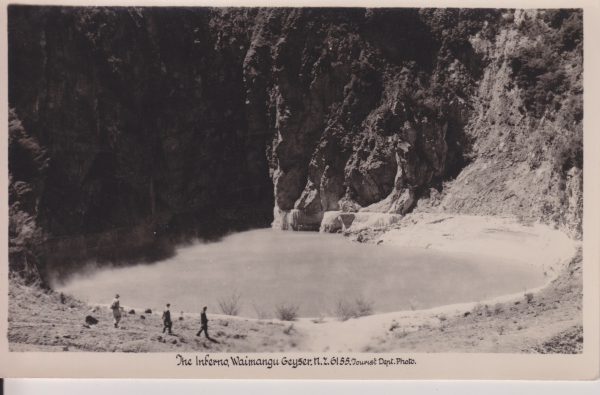
This feature is located about 50 meters to the northeast of where Waimangu was located. It currently has an approximate 38 day cycle of rising to overflow for a few days, then falling. It is also now surrounded by much thicker vegetation.
This geyser has not been active in decades, but has at least shown signs of recovery since the shutdown of hot water wells in the area.
One of the features to the right is most likely Pohutu. There are several other features nearby, including Te Horu and Mahanga.
From left to right, it looks like these are Kereru, Mahanga, Pohutu and Wairoa. The view is from the opposite direction of the preceding views, and now what one would first see upon entering through the gate. As with Inferno Crater, there is now a lot more vegetation in the area on the left.
All of the dozens of geysers in the Geyser Valley at Wairakei were destroyed when the power plants started back in the 1950s and 1960s.
* The name translates to "The urine from [Chief] Homai-te-rangi" [Lloyd, Geology and Hot Springs of Orakeikorako, NZ Bulletin #85, pg.59]. We need more names like this in Yellowstone.

